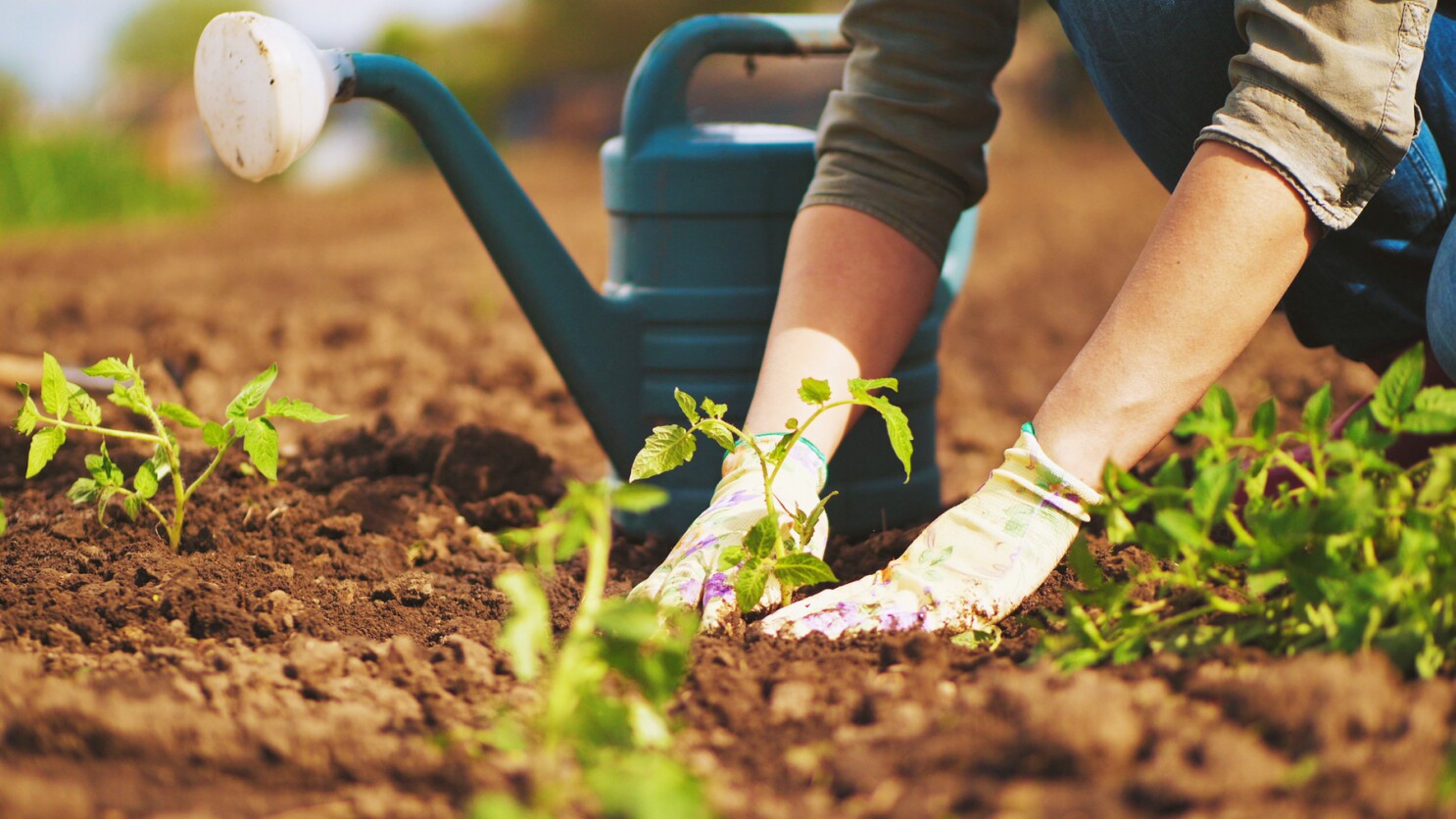The Best Guide To Easy Gardening Series - Vegetable Resources Vegetable

The 10-Second Trick For Gardening Tips - Lawn Care and Gardening Advice
Find out everything about Venus flytrap plants, consisting of how to care for them, feeding them, growing them indoors, and more.

Reduce Stress by Getting Out in the Garden - Garden Gate

Home gardening blooms around the world during coronavirus lockdowns - Reuters
Practice of growing and cultivating plants Gardening is the practice of growing and cultivating plants as part of cultivation. In gardens, ornamental plants are frequently grown for their flowers, foliage, or total appearance; helpful plants, such as root vegetables, leaf veggies, fruits, and herbs, are grown for intake, for usage as dyes, or for medical or cosmetic usage. Gardening ranges in scale from fruit orchards, to long boulevard plantings with one or more various types of shrubs, trees, and herbaceous plants, to residential back gardens including lawns and structure plantings, and to container gardens grown inside or outside. Gardening might be extremely specialized, with just one type of plant grown, or involve a range of plants in combined plantings.


The Ultimate Guide to Kids Gardening (the Why, What and How) - Home Stratosphere
An Unbiased View of High Country Gardens - Pioneers in Sustainable Gardening
Forest gardening, a forest-based food production system, is the world's earliest type of gardening. Forest gardens stemmed in ancient times along jungle-clad river banks and in the wet foothills of monsoon areas. In the gradual process of families enhancing their instant environment, beneficial tree and vine species were determined, safeguarded and improved while unfavorable types were gotten rid of. Eventually foreign species were also selected and included into the gardens. After the development of the first civilizations, rich individuals started to develop gardens for aesthetic functions. Ancient Egyptian burial place paintings from the New Kingdom (around 1500 BC) supply a few of the earliest physical proof of decorative cultivation and landscape style; they depict lotus ponds surrounded by in proportion rows of acacias and palms.
Wealthy ancient Egyptians utilized gardens for offering shade. Egyptians associated trees and gardens with gods, thinking that their divine beings were pleased by gardens. Gardens in ancient Egypt were frequently surrounded by walls with trees planted in rows. Among the most popular species planted were date palms, sycamores, fir trees, nut trees, and willows. These gardens were an indication of higher socioeconomic status. In addition, rich ancient Egyptians grew vineyards, as wine signified the greater social classes. Roses, poppies, daisies and irises might all also be found in the gardens of the Egyptians. Click Here For Additional Info was likewise renowned for its lovely gardens.
